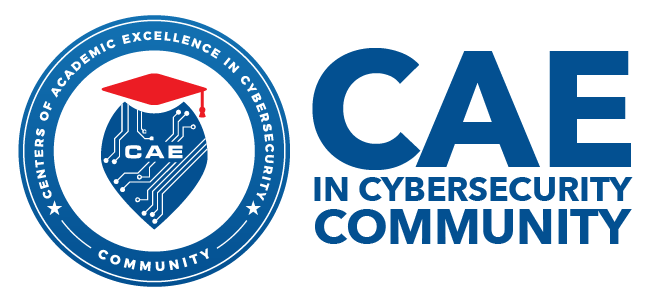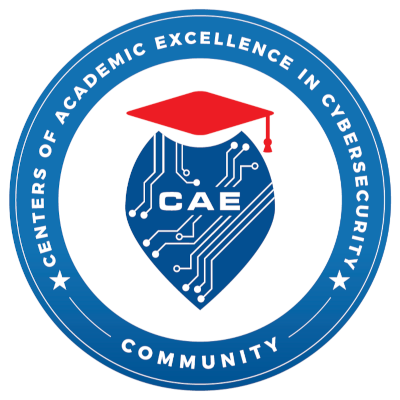Making Cybersecurity Work Roles More Attractive with Music: Aligning Music to Cyber
Inspired by a Cloud Security Alliance write-up by the presenter, this session will bring about a fun and interactive Lightning Talk on the topic of introducing music that aligns with the varied work roles and tasks in cybersecurity activities. This Lightning Talk will utilize and play some minor snippets of music (as loud as possible) that correspond to the National Initiative for Cybersecurity Education (NICE) Workforce Framework.

